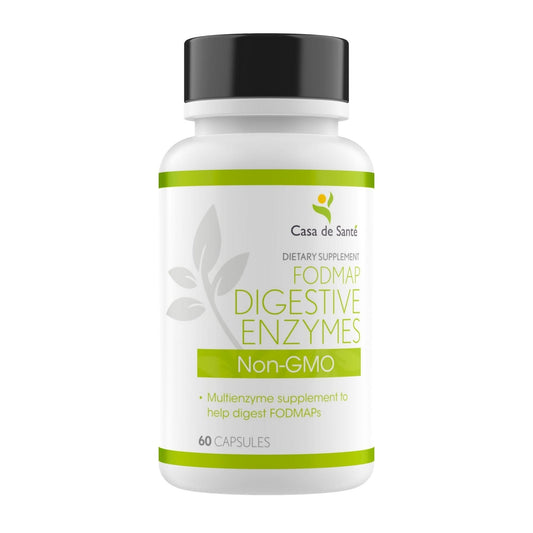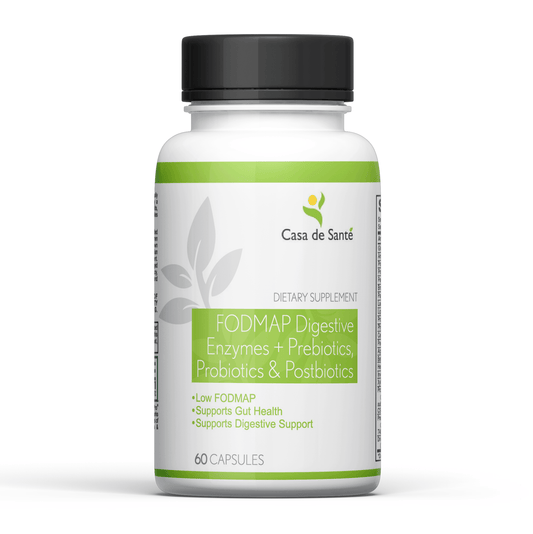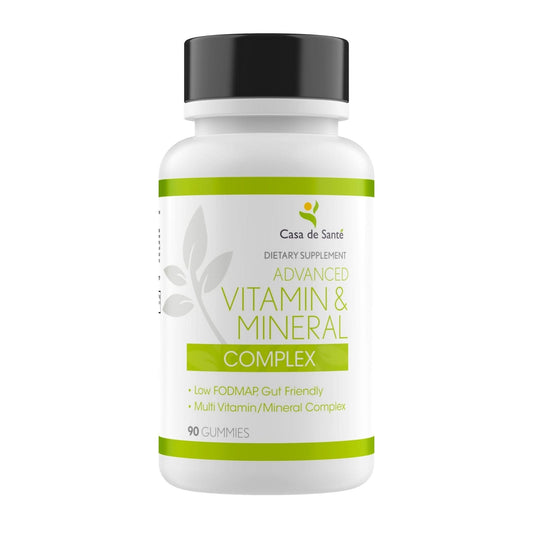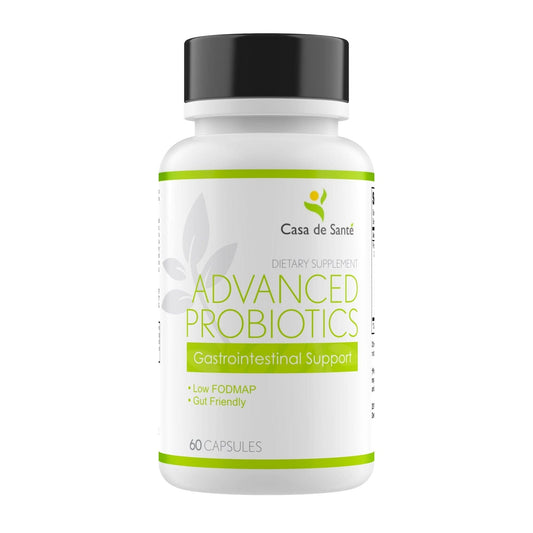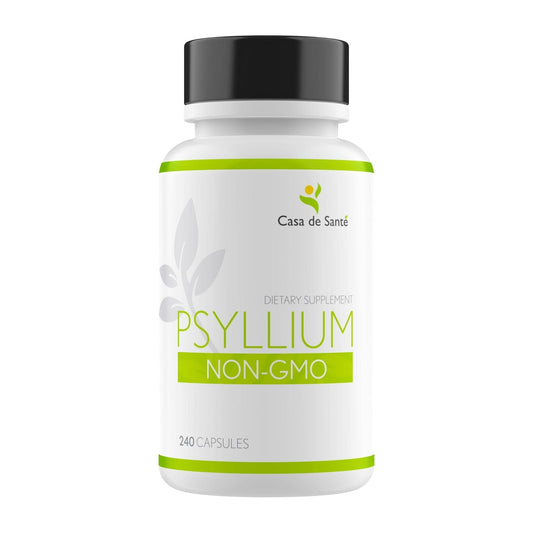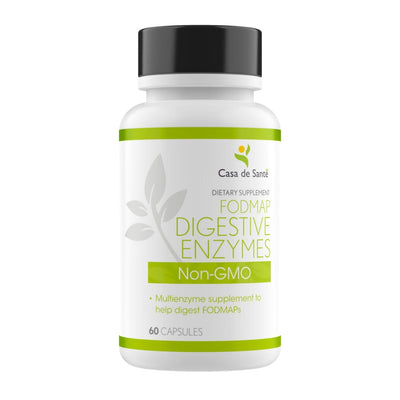Understanding FODMAP Content in Asparagus: A Digestive Guide
Understanding FODMAP Content in Asparagus: A Digestive Guide
Asparagus is a popular spring vegetable known for its distinctive flavor and nutritional benefits. However, for individuals with digestive sensitivities, particularly those following a low-FODMAP diet, understanding how asparagus fits into their meal plan can be crucial. This guide explores the FODMAP content in asparagus, how it affects digestion, and practical tips for enjoying this nutritious vegetable without triggering uncomfortable symptoms.
What Are FODMAPs and Why Do They Matter?
FODMAPs (Fermentable Oligosaccharides, Disaccharides, Monosaccharides, and Polyols) are types of carbohydrates that can be poorly absorbed in the small intestine. When these carbohydrates reach the large intestine undigested, they can be fermented by gut bacteria, potentially causing symptoms like bloating, gas, abdominal pain, and altered bowel habits in sensitive individuals.
For people with irritable bowel syndrome (IBS) and other functional gastrointestinal disorders, following a low-FODMAP diet has shown significant benefits in managing symptoms. This dietary approach involves temporarily reducing high-FODMAP foods and then systematically reintroducing them to identify personal triggers.
The Science Behind FODMAPs and Digestion
The fermentation process of FODMAPs in the gut creates hydrogen, carbon dioxide, and methane gases. These gases can stretch the intestinal wall, triggering pain receptors and causing discomfort. Additionally, FODMAPs can have an osmotic effect, drawing water into the intestine and potentially causing diarrhea in susceptible individuals.
Research from Monash University, pioneers in FODMAP research, has demonstrated that reducing dietary FODMAPs can decrease symptoms in up to 75% of people with IBS. Understanding which foods contain high levels of these compounds is therefore essential for effective symptom management.
It's important to note that not all FODMAPs affect individuals in the same way. The oligosaccharides (including fructans and galacto-oligosaccharides found in wheat, onions, and legumes) are poorly absorbed by everyone, but only cause symptoms in sensitive individuals. Meanwhile, other FODMAPs like lactose (a disaccharide in dairy) and fructose (a monosaccharide in honey and some fruits) are only problematic for those with specific enzyme deficiencies or transport limitations in the gut lining. This variability explains why personalized reintroduction is such a crucial phase of the FODMAP protocol.
The implementation of a low-FODMAP diet should ideally be supervised by a registered dietitian who specializes in digestive health. This is not simply because of the diet's complexity, but because overly restrictive eating patterns can lead to nutritional deficiencies and potentially negative changes to the gut microbiome over time. Studies have shown that the elimination phase should typically last only 2-6 weeks before systematic reintroduction begins, allowing patients to develop a personalized long-term eating plan that minimizes symptoms while maximizing dietary variety and nutritional adequacy.
Asparagus and Its FODMAP Profile
Asparagus presents an interesting case in the FODMAP world because its FODMAP content varies significantly depending on portion size. According to testing by Monash University, asparagus contains fructans (a type of oligosaccharide) and fructose, both of which are FODMAPs that can trigger symptoms in sensitive individuals.
The FODMAP content in asparagus is not uniform across all parts of the vegetable or all serving sizes. This creates both challenges and opportunities for those on a low-FODMAP diet who enjoy this nutritious vegetable.
Portion Size Matters
When it comes to asparagus, portion size is critical. Small servings of asparagus (about 2-3 spears or approximately 30g) are generally considered low in FODMAPs and may be tolerated by most people with FODMAP sensitivities. However, larger portions (more than 5-6 spears) contain enough fructans to potentially trigger symptoms in sensitive individuals.
This "dose-dependent" nature of FODMAPs in asparagus means that many people following a low-FODMAP diet can still enjoy this vegetable in moderation, rather than eliminating it completely.
Different Parts, Different FODMAP Levels
Interestingly, the FODMAP content in asparagus is not distributed evenly throughout the vegetable. The tips of asparagus spears generally contain lower levels of FODMAPs compared to the stalks. This means that some individuals might tolerate the tips better than the entire spear.
For those who are particularly sensitive, focusing on consuming just the tips might be a strategy worth exploring during the more restrictive phase of the low-FODMAP diet.
Asparagus Color Varieties
Asparagus comes in green, white, and purple varieties. While comprehensive FODMAP testing across all varieties is limited, current research suggests that the FODMAP content is similar regardless of color. The primary factor affecting FODMAP content remains the portion size rather than the variety.
Nutritional Benefits of Asparagus
Despite its FODMAP considerations, asparagus is a nutrient powerhouse that offers numerous health benefits. Understanding these benefits can help individuals make informed decisions about including asparagus in their diet, even when following FODMAP restrictions.
Asparagus is rich in vitamins A, C, E, K, and B vitamins, particularly folate. It also provides minerals such as iron, copper, and potassium. Additionally, it contains a good amount of fiber and is low in calories, making it an excellent addition to a balanced diet.
Antioxidant Properties
Asparagus contains various antioxidants, including glutathione, flavonoids, and polyphenols. These compounds help protect the body against harmful free radicals and oxidative stress, which are associated with chronic diseases and aging.
The antioxidant profile of asparagus makes it particularly valuable for supporting overall health, even when consumed in the smaller portions recommended for low-FODMAP diets.
Digestive Health Benefits
Ironically, despite being problematic for some with FODMAP sensitivities, asparagus contains compounds that can support digestive health in other ways. It contains inulin, a prebiotic fiber that promotes the growth of beneficial gut bacteria. For those who can tolerate it, this can contribute to a healthier gut microbiome.
Asparagus also has natural diuretic properties, which can help reduce bloating caused by water retention (as opposed to gas production from FODMAP fermentation). This means that for some individuals, asparagus might actually help alleviate certain types of bloating while potentially triggering others—highlighting the importance of understanding personal triggers.
Practical Tips for Including Asparagus in a Low-FODMAP Diet
For those following a low-FODMAP diet who don't want to miss out on the nutritional benefits of asparagus, there are several practical approaches to consider. These strategies can help minimize digestive discomfort while still enjoying this seasonal vegetable.
Portion Control Strategies
The most straightforward approach is careful portion control. Limiting asparagus to 2-3 spears (approximately 30g) per meal is generally considered low-FODMAP according to Monash University guidelines. Using a kitchen scale can be helpful until you become familiar with what this portion looks like.
Another strategy is to distribute your asparagus consumption throughout the day rather than consuming a larger amount in one sitting. This can help prevent FODMAP "stacking"—the cumulative effect of consuming multiple FODMAP-containing foods in a short period.
Cooking Methods That May Help
While research on how cooking affects the FODMAP content of asparagus specifically is limited, some studies suggest that certain cooking methods can reduce FODMAP content in vegetables. Boiling vegetables, for instance, can leach some water-soluble FODMAPs into the cooking water.
For asparagus, briefly blanching the spears and then discarding the cooking water might help reduce the FODMAP content somewhat. However, this approach should be viewed as a potential additional strategy rather than a guaranteed solution, as the effectiveness varies by individual and by food.
Combining with Low-FODMAP Foods
Creating balanced meals by combining small portions of asparagus with other low-FODMAP foods can help dilute the overall FODMAP content of your meal. For example, pairing a few asparagus spears with grilled chicken, quinoa, and low-FODMAP vegetables like bell peppers creates a nutritious meal with manageable FODMAP levels.
Additionally, adding healthy fats like olive oil to your asparagus dish can slow digestion, potentially reducing the likelihood of symptoms for some individuals.
Reintroduction and Testing Personal Tolerance
The low-FODMAP diet is designed to be a diagnostic tool rather than a permanent eating pattern. After the initial elimination phase (typically 2-6 weeks), a structured reintroduction process helps identify which FODMAPs and at what quantities an individual can tolerate.
Asparagus can be part of this reintroduction process, particularly when testing tolerance to fructans. Working with a dietitian experienced in FODMAP management can provide personalized guidance through this process.
How to Test Your Tolerance to Asparagus
When reintroducing asparagus, start with a small portion (1-2 spears) and monitor your symptoms for 24-48 hours. If no symptoms occur, gradually increase the portion size on subsequent days until you either experience symptoms or reach your desired serving size.
Keep a detailed food and symptom journal during this process, noting not just what you ate but also potential confounding factors like stress levels, menstrual cycle, or other dietary changes that might affect symptoms independently of FODMAPs.
Alternatives to Asparagus for Low-FODMAP Diets
For those who find that even small portions of asparagus trigger symptoms, or during the more restrictive elimination phase of the low-FODMAP diet, several alternatives can provide similar culinary experiences and nutritional benefits.
Low-FODMAP Green Vegetables
Green beans, bok choy, and the green parts of spring onions offer similar visual appeal and can often be substituted for asparagus in recipes. These vegetables are all considered low in FODMAPs at appropriate serving sizes and provide many of the same nutrients found in asparagus.
Zucchini, when peeled and deseeded, is another versatile low-FODMAP alternative that can be prepared in many of the same ways as asparagus, including grilling, roasting, or sautéing.
Seasonal Cooking Adaptations
Many recipes can be adapted to use low-FODMAP vegetables in place of asparagus. For example, a spring risotto traditionally made with asparagus could use green beans instead. Similarly, roasted vegetable medleys can substitute other low-FODMAP options like bell peppers, carrots, and eggplant for asparagus.
Focusing on herbs and FODMAP-friendly seasonings can help create flavorful dishes that don't rely on high-FODMAP ingredients for their taste profile.
Conclusion
Asparagus occupies an interesting position in the FODMAP spectrum—neither completely forbidden nor entirely unrestricted for those with FODMAP sensitivities. With its portion-dependent FODMAP content, asparagus exemplifies the nuanced approach often required when managing digestive symptoms through diet.
By understanding the FODMAP content in asparagus, practicing appropriate portion control, and paying attention to individual tolerance levels, many people can include this nutritious vegetable in their diet even while following low-FODMAP guidelines. For those who find asparagus triggers symptoms even in small amounts, numerous low-FODMAP alternatives can provide similar nutritional benefits.
Remember that digestive health is highly individual, and working with healthcare professionals, particularly dietitians specialized in digestive disorders, can provide personalized guidance for incorporating asparagus and other FODMAP-containing foods into your diet in a way that supports both nutrition and comfort.



